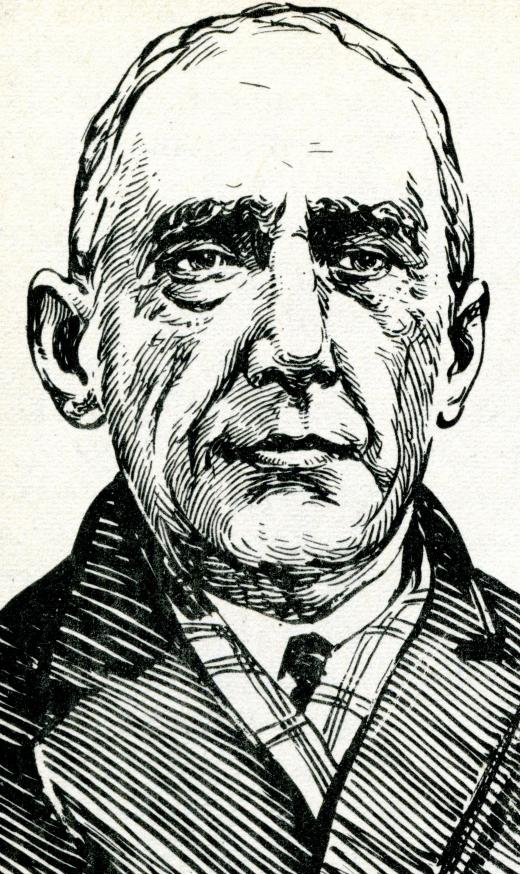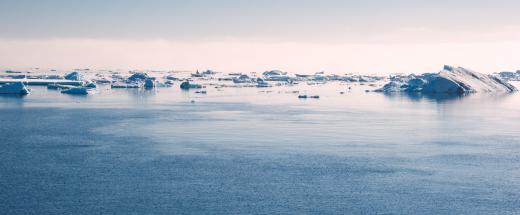What is Amundsen's South Pole Expedition?
 Michael Anissimov
Michael Anissimov
"Amundsen's South Pole Expedition" is the unpretentious name of the first expedition to make it to the South Pole, led by Norweigan explorer Roald Amundsen. Running between September 1910 and March 1912, Amundsen reached the South Pole at a time when the competition was intense — he beat Englishman Robin Falcon Scott by a month, reaching the Pole on 14 December 1911. The accomplishments of Amundsen's South Pole Expedition were overshadowed for many years by the death of Scott's expedition as it was returning to the Antarctic coast from the South Pole.
Amundsen was already an experienced explorer by the time he launched his South Pole Expedition, having been part of the first crew to overwinter in Antarctica (1899), and being the leader of the first expedition to make it through the Northwest Passage (1903), a goal of explorers for over four centuries prior, since the time of Columbus. Originally, Amundsen wanted to be the first to the North Pole, using the ship Fram, sometimes considered the strongest wooden ship ever built, but when he heard in 1909 that Robert Peary made it to the North Pole first, he changed his plans and decided to proceed to Antarctica. The crew was made up of 16 men, including Amundsen.

Landing on the eastern edge of the huge Ross Ice Shelf, the closest landing spot to the South Pole, the South Pole Expedition made its first camp at the Bay of Whales on 14 January 1911. He and his crew built a camp, Framheim, complete with a sauna and a wooden hut which had been pre-assembled in Norway. They began to set out on missions creating supply depots on a direct line to the pole, depositing more than 6700 lb (2750 kg) of canned food and fuel. Shortly after landing, the Framheim camp was visited by Robin Falcon Scott's team on the Terra Nova, all of whom would later perish on return from the Pole.

The South Pole Expedition had a false start on 8 September 1911, when initial spring warming proved to be a fluke and was not sustained. After a week of travel, the eight-man team decided to turn around and go back to Framheim to await warmer conditions. On 19 October 1911, a new Pole team, with just five members, departed from Framheim with four sleds and 52 dogs.
Starting from 78° South, Amundsen's South Pole Expedition headed due south, reaching 85° south after a month of continuous sledding, after which they rested for a day. Without supply depots, the expedition would have to survive on what it had from this point. Each degree is about 69 miles (111 km), so by this point the journey had come roughly 483 mi (777 km) and was slightly more than halfway to the Pole. They were at the base of the Trans-Antarctic Mountains.
The next day, Amundsen's team ascended the Trans-Antarctic Mountains via the previously unknown Axel Heiberg glacier, which Amundsen named after a wealthy man who helped finance his trip. After a four day climb, the team arrived at the Antarctic Plateau on 21 November, which had only been reached before on two occasions. Delayed four days by bad weather, the crew slaughtered 24 dogs at a camp they nicknamed "the Butcher's Shop." The dog flesh was fed to the other dogs and men, with the rest cached for the trip back.
Leaving the edge of the Polar Plateau on 25 November, the men had to cope with blizzard conditions and navigate through heavily crevassed ice fields, making progress slow. On 14 December 1911, three weeks later, the team finally made it to the Pole, naming their camp "Poleheim" and leaving a tent and letter as proof of their achievement. They made it back to Framheim on 25 January 1912, then to Hobart, Australia, on 7 March 1912.
AS FEATURED ON:
AS FEATURED ON:












Discuss this Article
Post your comments